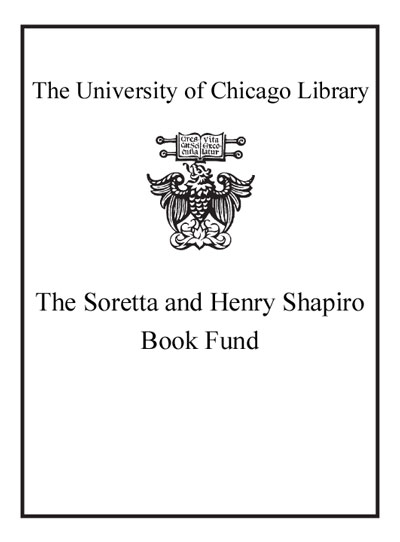| Summary: | This second of the three-volume UNESCO World Heritage series examines "monument structures" sites that can be seen as an essence of their cultures. The UNESCO World Heritage program selected 47 monuments based on historical importance and stylistic variations employed for the exercise of political power, social prestige, luxury, religious worship, and collective memory. The panorama includes the Taj Mahal of Agra, the Forbidden City in Beijing, the Basilica of Saint Francis of Assisi, the Temple of Borobudur, the Alhambra, the Kremlin, the Pueblo of Taos, and one of the most recognized monuments to a historical moment-the Statue of Liberty. Taken together, these sites are a timeline of civilization that range from the pyramids at Giza to the modernist buildings designed by Victor Horta in Brussels. Travelers will revel in the possibilities; historians and students will turn to the rich text describing the heritage of every nation and every individual.
|
|---|

